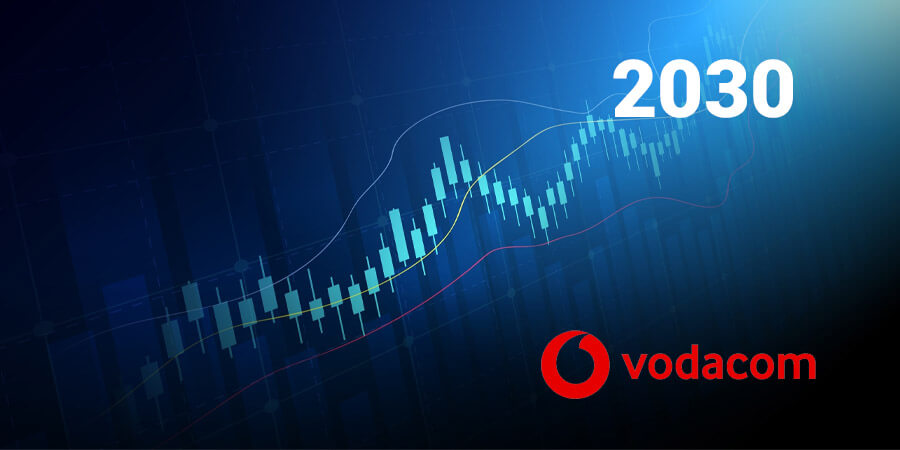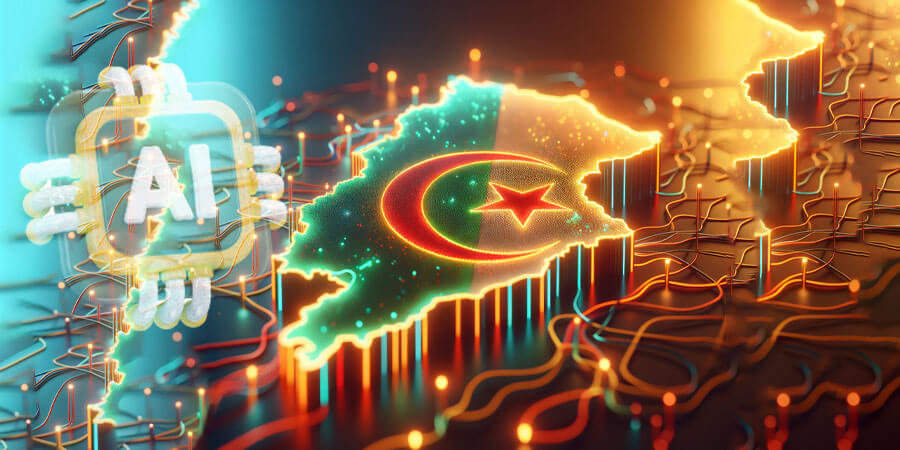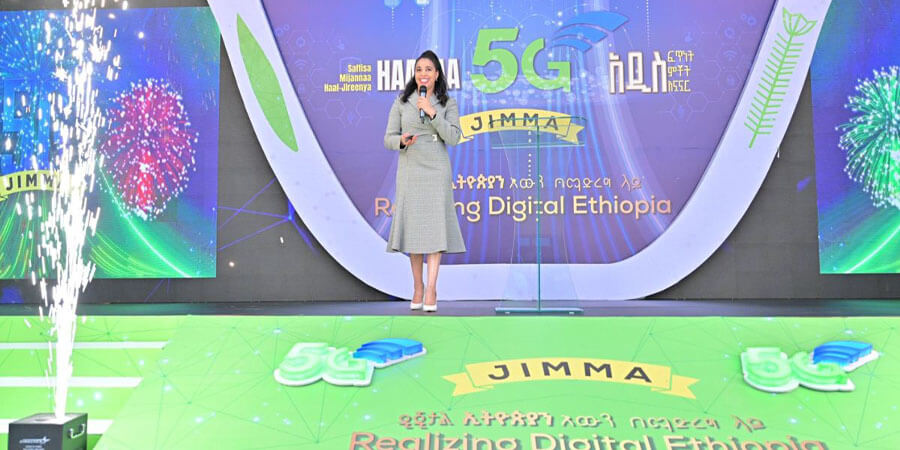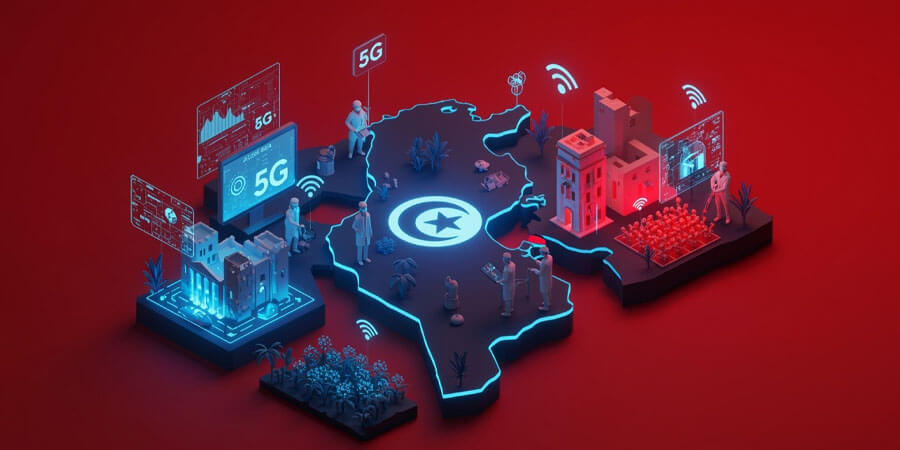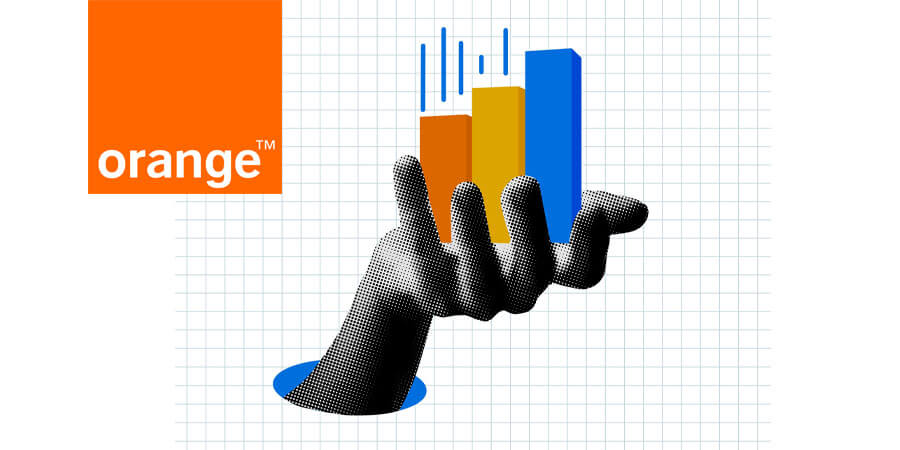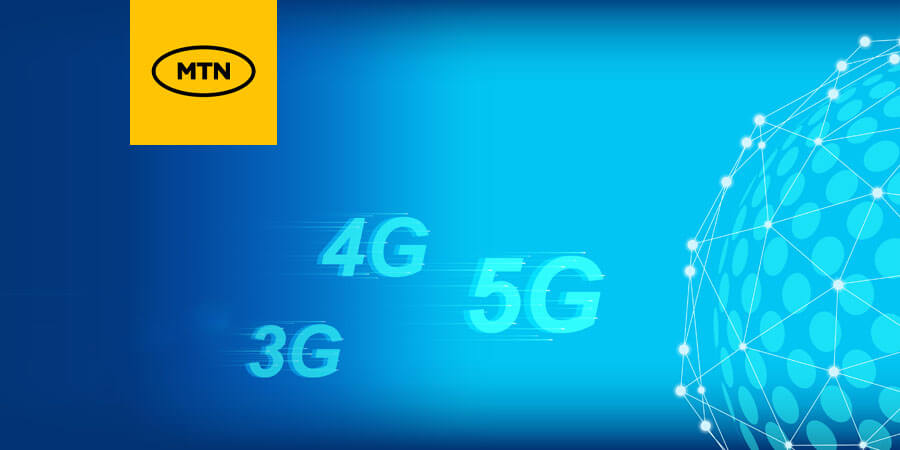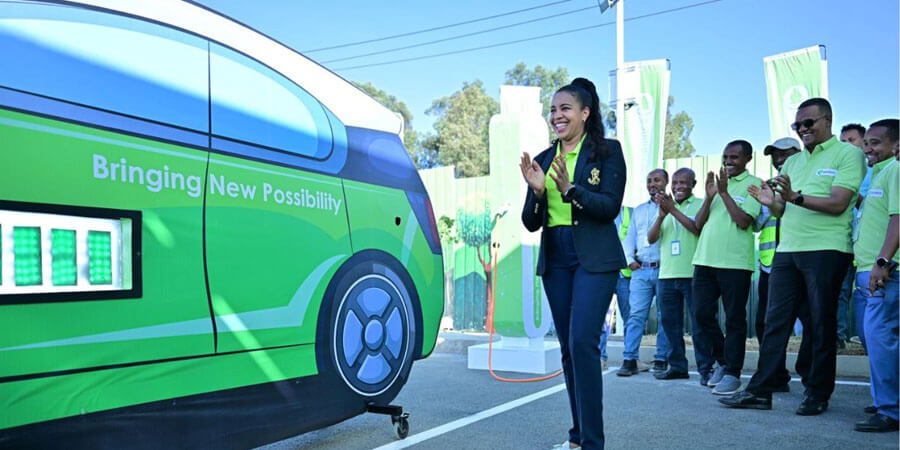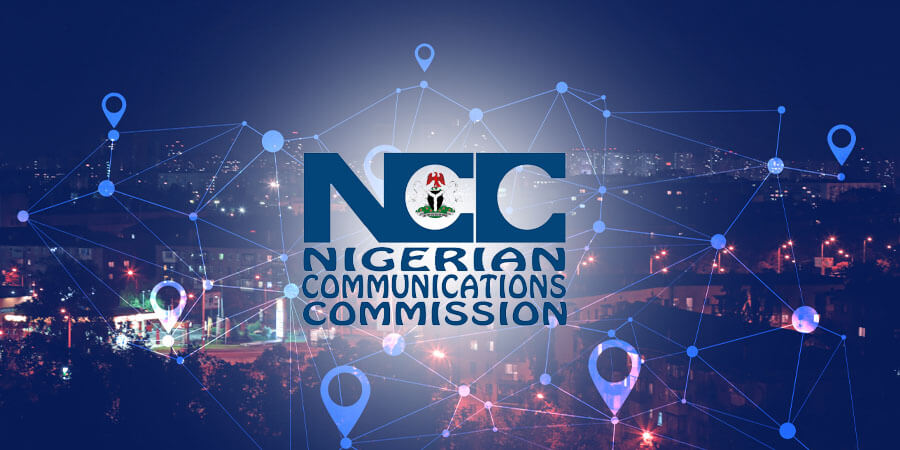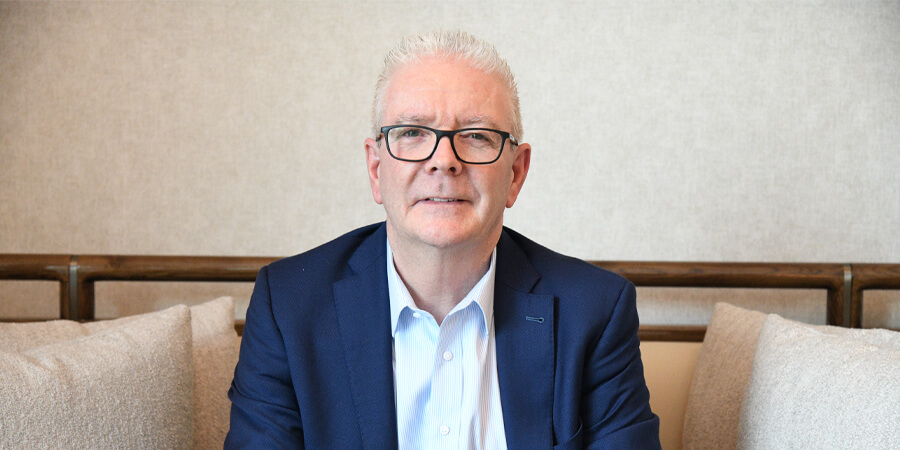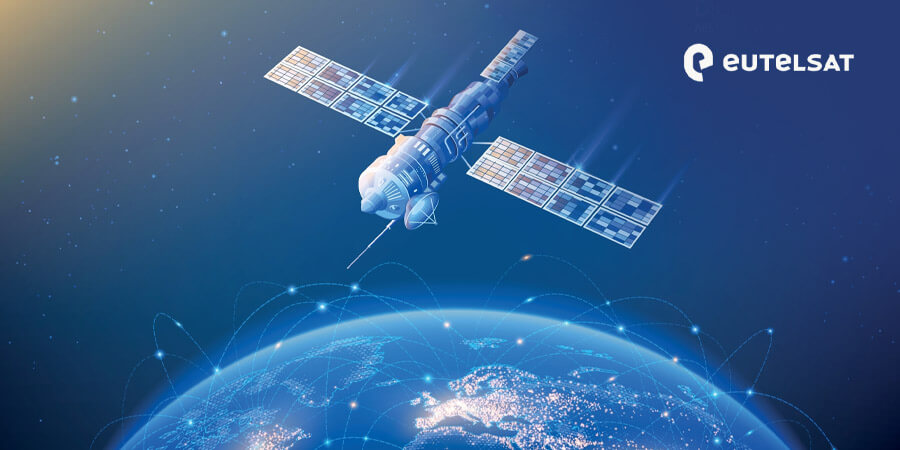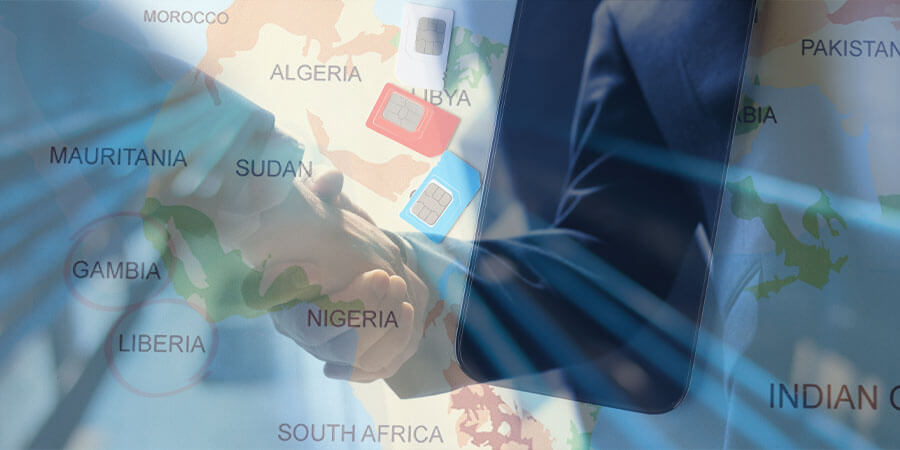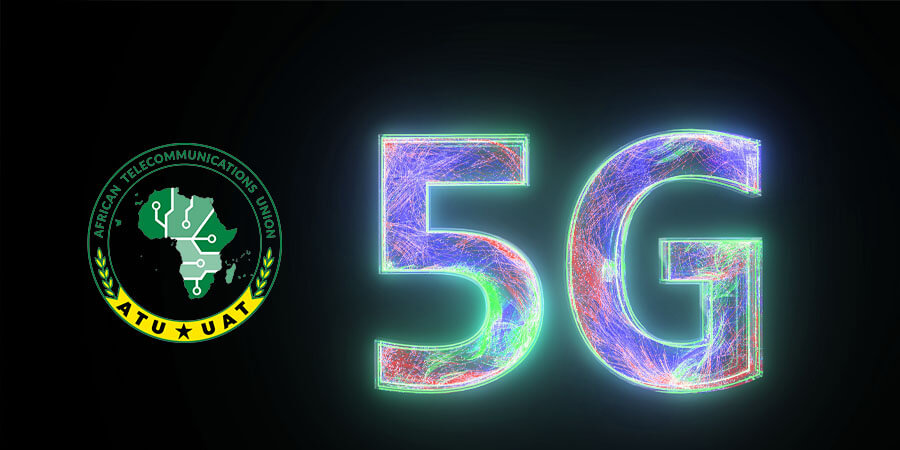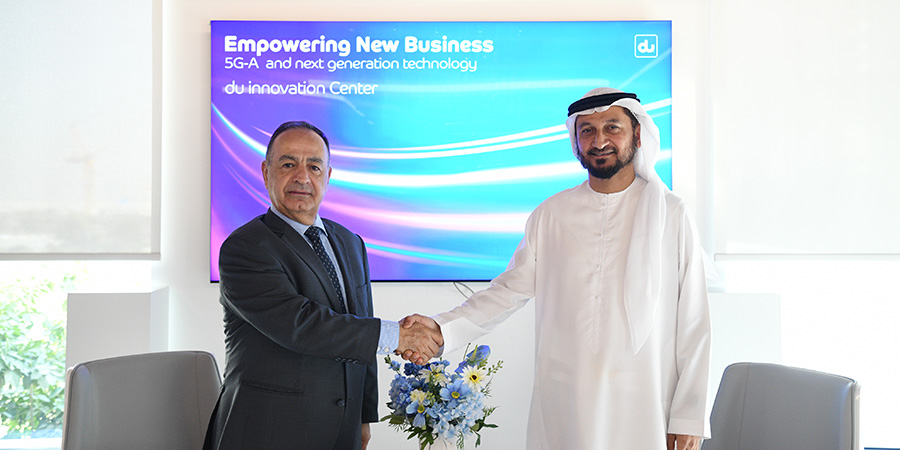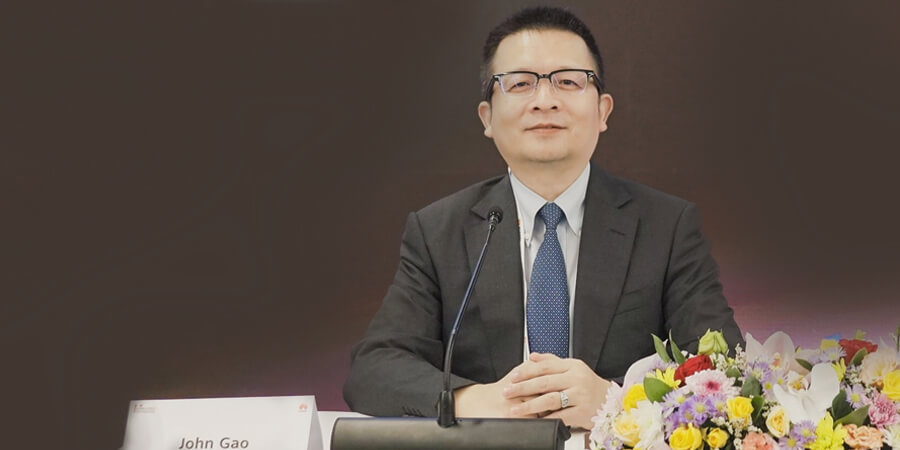Telecom Review attended an exclusive media roundtable organized during the second day of Huawei’s Global Mobile Broadband Forum (MBBF) 2023, discussing 5.5G technology, and how this empowers an infrastructure for a digital-intelligent society.
5.5G, or also known as 5G-Advanced (5G-A) has gone from potential to reality and is about to be commercialized on a large scale in many cities. [John Gao] Gao Quanzhong, President of Huawei’s 5.5G Domain shared his expert views on the technology’s key innovative features and major directions.
When asked by Telecom Review about the differences between the latest 5.5G FWA showcase and the previous solution, John Gao emphasized that 5.5G is the evolution and enhancement of 5G. It will fully use existing 5G network facilities and increase the overall 5G capability by ten times.
“First, faster throughput is a big difference. The peak speed of 5.5G FWA is from 100Mbps to 10Gbps, improving personal user experience significantly,” said Gao. “The average speed is also increased from 100 Mbps to 500 Mbps, or even 1Gbps, with 5.5G.”
5.5G supports the deterministic user experience and could ensure bandwidth and lower latency, enabling XR applications and satisfying the immersive user experience of multiple people in a family scenario.
“Before 5.5G, 100Mbps is shared for family members. Now, family members will enjoy Gbps with a fiber-like user experience. I believe with 5.5G technology, we can offer fiber-like experience in the scenario of FWA,” pointed out Gao.
He also highlighted the substantial increase in uplink speed that 5.5G brings, which can help a lot of IoT applications.
“We can also provide a larger bandwidth with 5.5G for enterprise private lines, whereby the capacity for each section can increase by tenfold,” Gao further noted with regards to 5.5G’s enhancement compared to previous generations.
5.5G Technology: Fast-Tracking the Future in Four Key Directions
As part of the discussion, Gao also shared the four major directions that 5.5G has already been used, including connectivity for people, vehicles, things, industries and new sensing services for diverse scenarios supported by 5.5G's harmonized communication.
When it comes to connecting with people, whether it is glass-free 3D, XR or smartphones, “we believe that 5.5G can offer a better experience to users.”
Moving towards connecting things, RedCap and passive IoT will also pave the way to enormous opportunities. In this domain, Huawei cooperated with carriers in the Middle East, Europe, Asia Pacific and China.
“Based on our knowledge, all carriers have this urgent demand to connect things. They hope to see applications in this regard,” Gao expressed.
Additionally, the rising trends on renewable energy usage and smart development in vehicles bring forth the commercialization of autonomous driving cars, buses, taxis and delivery vehicles.
Those vehicles have three requirements: high throughput in uplink, low latency and high reliability. 5.5G can expand the capabilities of basic connectivity services, which can be used to collect vehicle-related data; cloud and vehicle collaboration or synergy applications; as well as network coverage, which should be everywhere the vehicles will go to, including parking lots.
Gao also mentioned that AI capacity, training and inference should be put in the cloud. Some carmakers announced that they will stick to single car intelligence, which is insufficient for road traffic. Coupled with 5.5G, the move to the cloud can reduce accidents and increase efficiency.
Lastly, when connecting industries, 5.5G can support network requirements of up to one millisecond at six-nine reliability, and can be applied in the production system to rely on one 5G network.
In the FWA scenario, 5.5G can support applications that require large uplink and high precision positioning, with the implication that Wi-Fi and Bluetooth technologies will no longer be needed.
By introducing 5.5G, the total power consumption can also be stabilized and result in a greener network. Operators' 5.5G networks are becoming integral to core production lines and creating business value by improving production capacity, efficiency and sectorial competitiveness.





